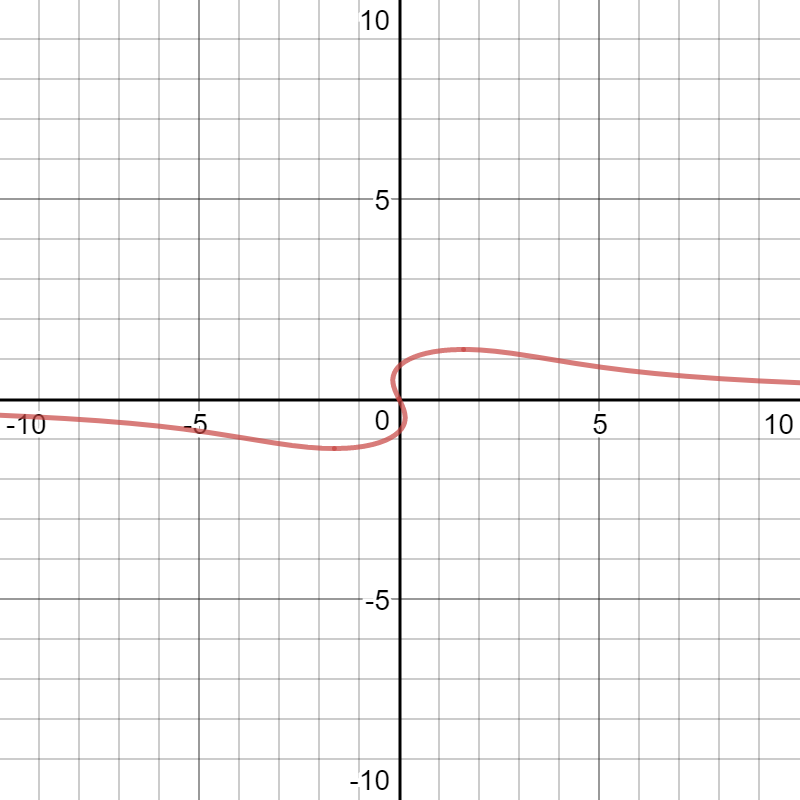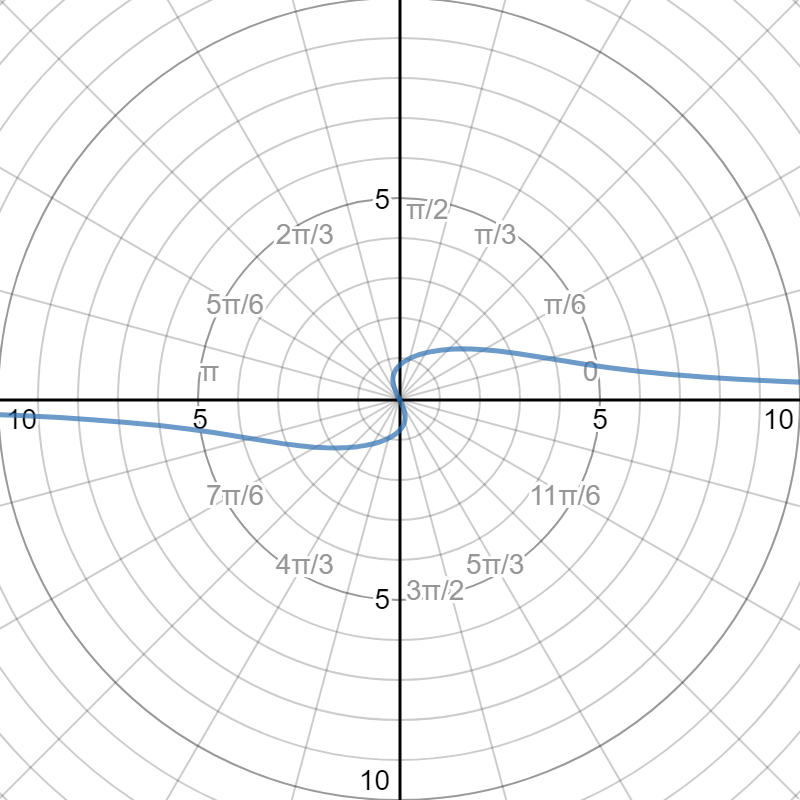Here is the graph of the equation #x^2= 4x/y-3y^2+2#:

Now we shall begin the conversion.
Substitute #cot(theta)# for #x/y# and move #-3y^2# to the left:
#x^2+3y^2= 4cot(theta)+2#
Substitute #rcos(theta)# for x:
#(rcos(theta))^2+3y^2= 4cot(theta)+2#
Substitute #rsin(theta)# for y:
#(rcos(theta))^2+3(rsin(theta))^2= 4cot(theta)+2#
Regroup the left:
#(cos^2(theta))+3sin^2(theta))r^2= 4cot(theta)+2#
#(cos^2(theta))+sin^2(theta)+2sin^2(theta))r^2= 4cot(theta)+2#
#(1+2sin^2(theta))r^2= 4cot(theta)+2#
Divide both sides by #(1+2sin^2(theta))#:
#r^2= (4cot(theta)+2)/(1+2sin^2(theta))#
Use the square root on both sides:
#r= sqrt((4cot(theta)+2)/(1+2sin^2(theta)))#
Here is a graph of the converted equation:

Please observe that the graph of the equation before the conversion is identical to the graph of the equation after the conversion.


